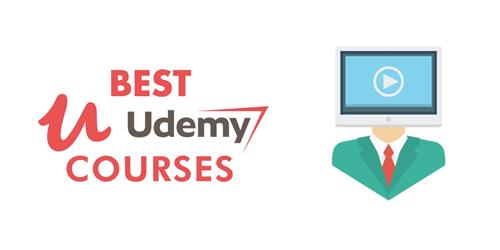
Published 06/2022
MP4 | Video: h264, 1280x720 | Audio: AAC, 44.1 KHz, 2 Ch
Genre: eLearning | Language: English + srt | Duration: 29 lectures (3h 6m) | Size: 715.7 MB
Master basics of microwave tubes and transmission lines to excel in your academic tests!
What you'll learn
Understanding basics of transmission line theory and microwave tubes
Strengthen the concepts to pass university exams
Ability to solve engineering problems in these areas
Confidence to pursue career in Microwave Engineering
Requirements
Basic knowledge in Electronics and Communication Engineering
Basic mathematical knowledge from 11th and 12th grades
Description
Microwave engineering is not a subject that students like. But that does not mean it is a boring topic. In this course I have made a sincere attempt to make it interesting for you to understand the concepts rather than just memorize the content.
If you are a student, this course should help you get high grades in your tests.
If you are professional microwave/ RF engineer this course will help refresh your basics.
Please do not hesitate to provide your honest feedback by highlighting corrections, any additional topics you want me to cover or just anything. I will for sure take it in right spirit! Thank you.
This course covers following topics
Introduction to Microwave Tubes
Reflex Klystron Oscillator
Mechanism of Oscillations
Qualitative Analysis of Mode Curves
Microwave Devices and Systems
Transmission line equations and Solutions
Reflection Coefficient and Transmission Coefficient
Standing Wave Ratio
Smith Chart
Single Stub Matching
Microwave tubes have a long history with applications predominantly in warfare. These high power, high frequency tubes are used both as signal generators and signal amplifiers.
This course focusses on a specific microwave device – the Reflex Klystron oscillator, used as signal generator. The course delves into design, mechanism of how oscillations are created and various oscillation modes based on frequency and power requirements.
What exactly is a microwave device? What is its definition in frequency range? These are the questions answered in this course.
A high-level understanding of various microwave devices and then putting them together to form a complete system which comprises of transmitter and receiver is covered in this course.
Many electrical, electronics and communication engineers have heard the phrase transmission line quite often. But what exactly is a transmission line? Is it a simple wire? Is USB cable a transmission line? What about the power cord connected to your laptop? These are some questions which will be answered in this course.
Two major specifications used to define microwave devices - reflection coefficient and standing wave ratio are explained in this course.
A popular and must know Microwave Tool – The Smith Chart is explained in detail.
Finally, an introduction to the term matching and a practical method of matching called single stub matching is explained in this course.
Who this course is for
Bachelor and Master degree students in the field on Wireless Communication, Communication Networks, Digital Communication and RF/Microwave Engineering
Working professionals intending to refresh knowledge in Microwave Engineering
Hobbyists pursuing projects in RF and Microwave Engineering
To anyone who thinks Microwave Engineering is complex!
Homepage
https://www.udemy.com/course/dtri-ee0901-microwave-tubes-and-transmission-lines/
https://rapidgator.net/file/b320048db03ee38a2045e0ee730ee6d8/hmpsv.DTRIEE0901.Microwave.Tubes.and.Transmission.Lines.rar.html

https://nitro.download/view/49568EC8B8B3F9F/hmpsv.DTRIEE0901.Microwave.Tubes.and.Transmission.Lines.rar

https://uploadgig.com/file/download/cEea5D67350bD801/hmpsv.DTRIEE0901.Microwave.Tubes.and.Transmission.Lines.rar
